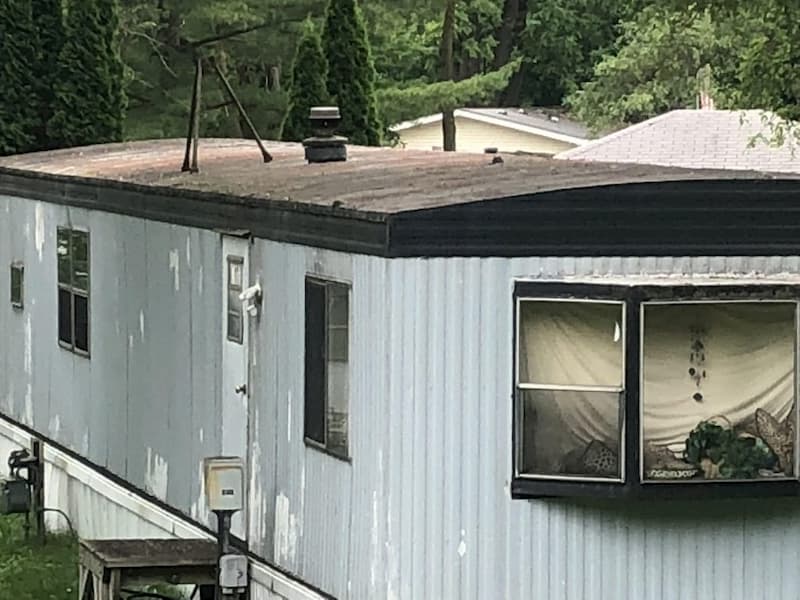Table of Contents
Assessment of Roof Damage
Before embarking on any repairs, thoroughly assess the condition of your mobile home roof. Look for signs of damage such as leaks, water stains, sagging sections, or missing shingles. Identifying the extent of the damage will help you plan and prioritize repairs effectively.
Gathering Necessary Materials
Prepare a list of materials required for the repair job, including replacement shingles, sealant, roofing nails, a pry bar, a hammer, and safety equipment like gloves and goggles. You can procure these materials from local hardware stores or home improvement centers.
Safety Precautions
Safety should always be a priority when working on a Super man fanart.com/. Wear appropriate footwear with good traction to prevent slipping, and use a sturdy ladder with proper support. Additionally, utilize safety harnesses and ropes to prevent falls, especially when working at heights.
Repairing Leaks and Water Damage
Leaks are a common issue with mobile home roofs and should be addressed promptly to prevent further damage. Begin by identifying the source of the leak and patch it using roofing cement or silicone sealant. Inspect the surrounding area for water damage and replace any compromised materials.
Replacing Missing or Damaged Shingles
Damaged or missing shingles compromise the integrity of the roof and should be replaced promptly. Carefully remove the damaged shingles using a pry bar, ensuring not to damage adjacent ones. Install new shingles according to manufacturer guidelines, overlapping them properly to create a waterproof barrier.
Fixing Sagging or Uneven Areas
Sagging or uneven areas on the roof may indicate structural issues that need attention. Reinforce the roof structure using additional supports or braces, ensuring it is level and properly aligned. Addressing these issues promptly can prevent further damage to the roof and interior of the mobile home.
Sealing Joints and Seams
Properly sealing joints and seams is crucial for preventing leaks and water infiltration. Use high-quality sealant, such as silicone or asphalt-based sealant, to fill gaps and cracks around vents, chimneys, and other openings. Apply the sealant generously and evenly for maximum effectiveness.
Addressing Ventilation Issues
Adequate ventilation is essential for maintaining a healthy roof and preventing issues like mold and mildew growth. Ensure proper airflow by installing vents or fans as needed and clearing any obstructions from existing vents.
Inspecting and Maintaining the Repaired Roof
Regular inspections and maintenance are key to prolonging the lifespan of your mobile home roof. Schedule periodic checks for signs of damage or wear, such as cracked sealant or loose shingles. Address any issues promptly to prevent further damage and costly repairs.
Cost Considerations
Consider the cost of materials and labor when planning your roof repair project. DIY repairs can be cost-effective but require time, effort, and skill. Obtain quotes from professional contractors if considering hiring help, and weigh the options based on your budget and preferences.
DIY vs. Professional Repairs
Decide whether to tackle the repairs yourself or hire a professional based on the complexity of the job and your level of expertise. DIY repairs can save money but may be challenging for beginners, while professional contractors offer expertise and efficiency but at a higher cost.
Common Mistakes to Avoid
Avoid common pitfalls during the repair process by following best practices and guidelines. These include using improper materials or techniques, neglecting safety precautions, and overlooking underlying structural issues. Take your time and seek guidance if unsure to ensure a successful repair job.
Environmental Impact
Consider the environmental impact of your repair materials and methods. Opt for eco-friendly options whenever possible, such as recycled or sustainable roofing materials. Dispose of old materials responsibly to minimize waste and reduce your carbon footprint.
Conclusion
Repairing a mobile home roof requires careful planning, execution, and ongoing maintenance. By following the step-by-step guide outlined above, you can address common issues like leaks, damaged shingles, and sagging areas, ensuring your roof remains strong and resilient for years to come. Don’t delay—take action to repair your mobile home roof and safeguard your investment today.

